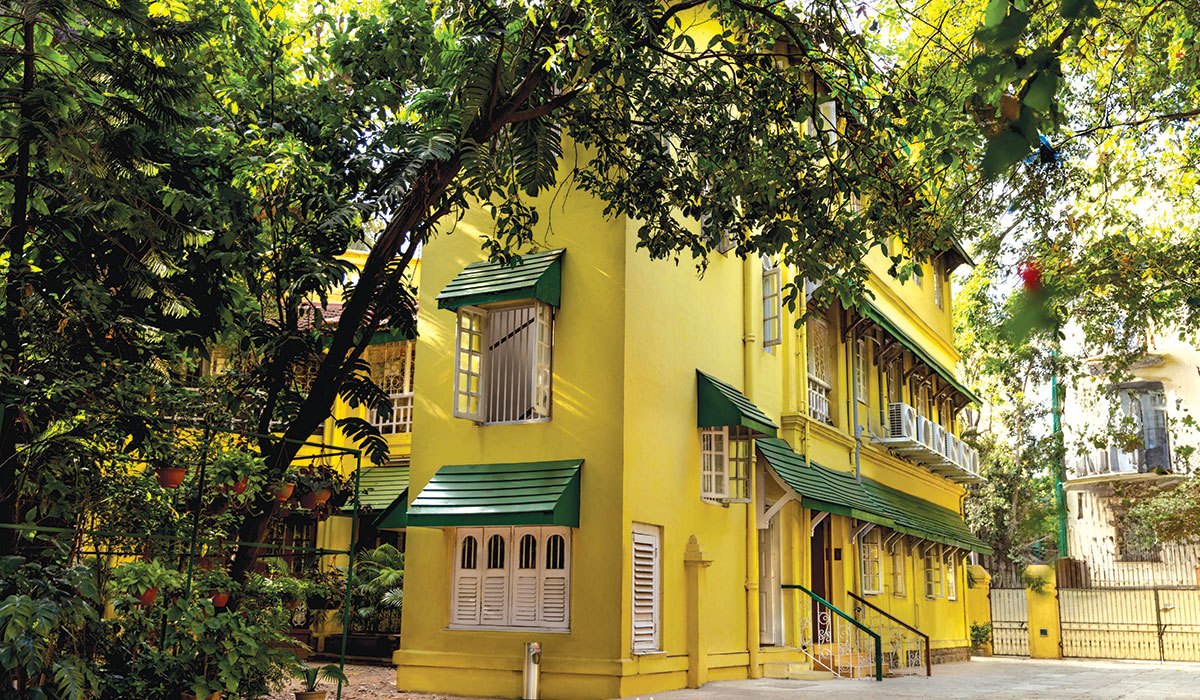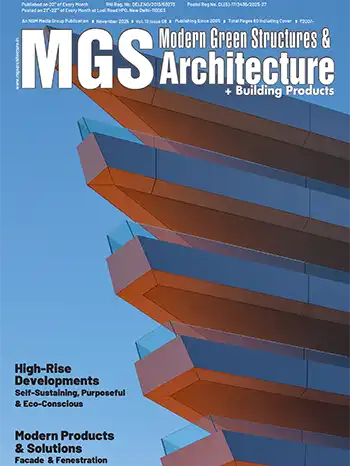As designers, we see eco-friendly design as a mindful decision. Sustainable choices enhance well-being and deepen the connection between people and their spaces.
Rahul Mistri
Using eco-friendly materials such as reclaimed wood, bamboo, biodegradable materials, etc, transforming interior spaces by inviting nature within. Upholstery fabrics like jute, hemp, and wool and rugs made from recycled wood and silk, as well as bouclé fabrics, are gaining traction for their natural appeal, sustainability, and a sense of understated earthiness. Hilux boards, crafted from natural waste for panelling, enhance both durability and create a positive environmental impact.

Smart technology integration into interiors has grown substantially as it offers a seamless blend of luxury, convenience and energy-efficiency. Human-centric lighting systems and silent ventilation systems, for instance, enhance comfort and functionality. HCL systems adapt a space’s lighting and temperature to align with the time of day or specific activities. Automated systems streamline daily routines and create a safer living space.
















